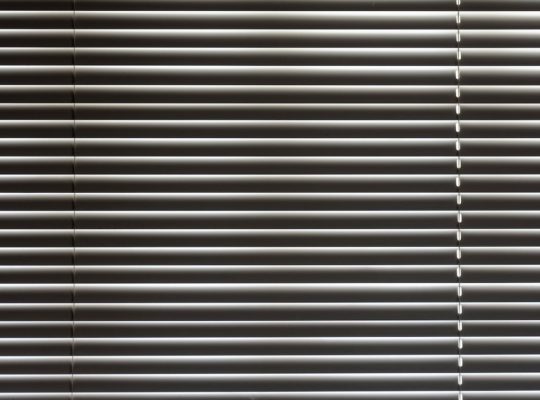
Energy Efficiency: How Plantation Shutters and Blinds Impact Heating and Cooling
So you’re looking for new window coverings and energy efficiency is a top priority. Smart thinking. Window treatments can have a big impact on your energy bills and the comfort of your home. Two of the most popular options, plantation shutters vs. blinds, are often pitted against each other. You’ve probably wondered which is the more energy efficient choice. Well, the answer depends on several factors. Both can help insulate your windows, block sunlight, and reduce drafts. But there are some key differences in how they achieve this. Understanding the pros and cons of each in terms of energy efficiency will help you make the right choice for your home and budget. Whether you go with classic wood shutters, low-maintenance faux wood, or convenient blinds, the most energy efficient option for you comes down to the details. Let’s take a closer look.
Light Control: Comparing How Shutters and Blinds Regulate Natural Light
When it comes to energy efficiency, plantation shutters and blinds each have their pros and cons.
Plantation shutters are more insulating than blinds, helping reduce both heat loss and gain. Their solid panels provide an extra layer between the inside and outside, and when closed they form an effective air barrier. This means your HVAC system doesn’t have to work as hard to maintain a comfortable temperature.
However, blinds may have the edge when you want to control the amount of light entering a room. Many blind styles like cellular shades, roller shades, and vertical blinds can be opened and closed incrementally to precisely regulate daylight. With shutters, you usually have to open and close each panel individually to adjust the light level.
In the end, the most energy efficient option for you depends on your priorities and how you use the space. If insulation and temperature control are most important, plantation shutters are probably your best bet. But if conveniently controlling natural light is a higher concern, blinds may be better suited to your needs.
Why not have the best of both worlds? You might consider combining plantation shutters with blinds to maximize both energy efficiency and light control in your home. With the right window covering combo, you’ll be enjoying cozy comfort and ideal illumination all year round.
Aesthetics and Other Factors: Making the Best Choice for Your Home
When it comes to controlling the amount of natural light in your home, plantation shutters and blinds are two of the most popular options. But which one is more energy efficient? Let’s compare.
Shutters are made of solid slats, usually wood or faux wood, that tilt open and closed. Blinds have narrow slats, often made of vinyl, aluminum or wood, that lift up and down.
– Light control: Shutters typically provide better blackout conditions when closed since the slats join together. Blinds may still let in some light around the edges and through the slats. However, blinds offer more precise control over how much light is let in when the slats are partially open.
– Insulation: Solid shutter slats also tend to provide better insulation than most blind slats. This helps reduce heat and AC loss through windows which can improve the energy efficiency of your home.
– Durability: In general, shutters tend to last longer. Wooden shutters, in particular, can last for decades with minimal maintenance. While blinds made of vinyl, aluminum and wood can also last for many years, they may require more frequent repair or replacement.
At the end of the day, both options can help enhance your home’s energy efficiency by controlling heat and light. However, if maximizing energy savings and durability are top priorities for you, plantation shutters are probably your best choice. The higher upfront cost of shutters is often offset by lower energy bills and fewer replacements over time.